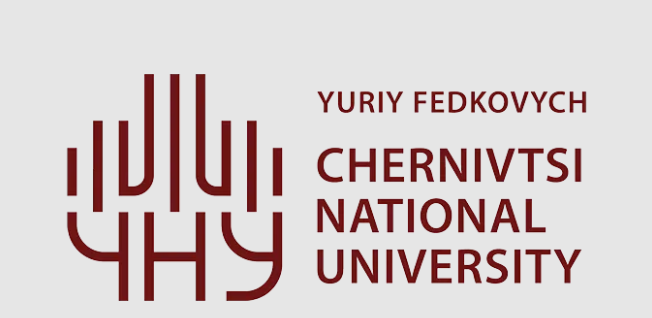MEANS OF VIZUALIZATION OF JUDICIAL ACTIVITY AND SOCIETY
DOI:
https://doi.org/10.32782/ehrlichsjournal-2024-11.02Keywords:
judiciary, legal proceedings, judicial activity, civil society, public, civic oversight, forms of visualization, transparency, openness of the judiciaryAbstract
In a democratic society, the judiciary, judicial proceedings, and court activities are as open and transparent as possible for the public and civil society institutions. The principle of judicial transparency combines publicity, openness, and public accessibility. Visual media play a crucial role in covering court activities related to specific cases, including courtroom sketches, photography, television and video recordings, infographics, presentations, and more. The need for visualizing court activities arose from public demand for information about courtroom events, which was traditionally disseminated through print media. The article emphasizes that the growing focus on visualizing judicial work and judicial activities is driven by significant shifts in worldview, changes in thinking styles and the nature of information perception, as well as the increasing role of civil society institutions in organizing and overseeing the functioning of the state and its institutions. In Ukraine, these processes are unfolding against the backdrop of a prolonged transitional period, during which society still holds lingering perceptions of courts as closed state institutions and doubts the effectiveness of civil society. All forms of visual representation of court activities, case hearings, and judicial proceedings can be broadly categorized into two groups. The first consists of visualization formats that inform a wide audience and are disseminated through traditional (print) media, as well as through news content in social networks and the internet. The second includes formats primarily used by the judiciary and judges for educational, analytical, and professional development purposes. However, this classification of judicial visualization forms remains ambiguous and non-exhaustive, as nearly all forms of visual representation that highlight court operations and the judiciary, with few exceptions, are generally accessible to the broader public via the internet and modern media platforms.
References
Балановський Я. Явище соціальної транзитивності – чинник темпоральної маргінальності суспільства. URL: https://ipiend.gov.ua/wp-content/uploads/2018/07/balanovskyi_yavyshche.pdf
Ніколенко Л.М. Транспарентність судової влади в умовах реформування. URL: https://ljd.dnuvs.in.ua/wp-content/uploads/2022/01/3-nikolenko.pdf
Кошова О. Транспарентність сучасної судової влади. Філософські та методологічні проблеми права. 2015. № 1-2 (9–10).
Буроменський М., Сердюк О., Підкуркова І. Основи судової журналістики: посібник для журналістів. Київ, 2009. 72 с.
Терещеня О. В. Розвиток візуалізації, її види та особливості, візуалізація образу України в іноземних ЗМІ. URL: https://naukam.triada.in.ua/index.php/konferentsiji/53-dvadtsyat-tretya-vseukrajinska-praktichnopiznavalna-internet-konferentsiya/575-rozvitok-vizualizatsiji-jiji-vidi-ta-
The Madrid Principleson the Relationship between the Media and Judiciary. The Media and Judiciary Year book. Center for the Independence of Judgesand Lawyers. Geneva, Switzerland, December, 1995, Volume IV. 142 р. ООН (11 лютого 1994 року).
Арт-захід у Вінницькому міському суді «Судова замальовка»: судочинство очима митців. URL: https://court.gov.ua/archive/871255/
Що таке відкритість судового процесу і які права мають журналісти. URL: https://adm.od.court.gov.ua/sud1570/pres-centr/interview/352701







